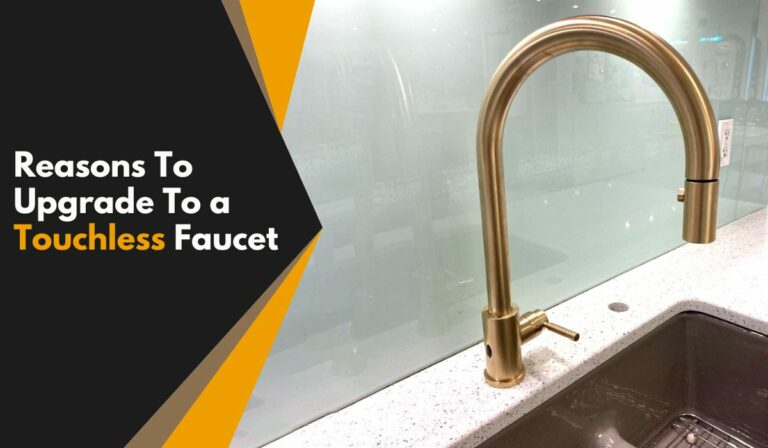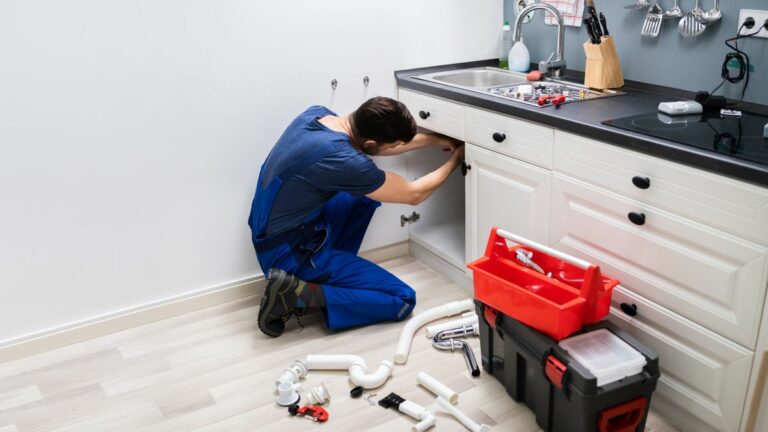How To Remove Bathtub Faucet
Removing your bathtub faucet might sound daunting, but with the right tools and clear guidance, you can handle this handy task yourself. Whether you’re replacing an old fixture or fixing a leak, knowing how to safely and effectively remove your bathtub faucet saves you time and money. This comprehensive guide breaks down every step, helping you tackle different faucet types and avoid common pitfalls.
Tools And Materials Needed For Faucet Removal
Before you roll up your sleeves, gather the right tools to make the job smoother. You’ll typically need an adjustable wrench, a screwdriver set (flathead and Phillips), an Allen wrench, plumber’s tape, penetrating oil (like WD-40), a bucket or towel for drips, and possibly a utility knife if caulk needs cutting. Having these ready upfront prevents mid-project interruptions and helps ensure a clean removal process.
Preparing Your Bathroom And Safety Precautions
Safety first: before starting, turn off your home’s main water supply or at least the bathroom’s shutoff valves to prevent unexpected water flow. Open your bathtub faucet afterward to drain remaining water from the pipes. Lay out towels or use a bucket beneath the faucet to catch drips. Wearing safety glasses and gloves is advised to protect against debris or rust. Also, clear the area around your tub to prevent accidents and keep tools within easy reach.
Step-By-Step Guide To Removing The Bathtub Faucet
Removing Different Types Of Bathtub Faucets
Understanding the type of faucet you have is crucial. Common types include wall-mounted and deck-mounted faucets, each requiring slightly different approaches.
How To Remove A Wall-Mounted Faucet
- After shutting off water, unscrew the decorative caps covering mounting screws.
- Use your screwdriver to remove those screws.
- If the faucet handle comes off, you can access the valve stem to disconnect the faucet body.
- Sometimes retaining nuts hold the faucet: use your adjustable wrench to loosen these.
- Gently pull the faucet away from the wall, being cautious of any plumbing connections.
How To Remove A Deck-Mounted Faucet
- Remove faucet handles by loosening set screws with an Allen wrench or by prying off decorative caps and unscrewing.
- Underneath the tub deck, locate mounting nuts or bolts holding the faucet.
- Depending on access, use either a basin wrench or adjustable wrench to loosen mounting hardware.
- Carefully lift the faucet from the deck, watching for any caulking seal or water lines.
Dealing With Stubborn Or Corroded Faucets
Over time, fixtures get stiff or rusted. Apply penetrating oil generously around screws, nuts, and joints. Let it sit 10–15 minutes. Use gentle tapping with a rubber mallet if the faucet resists movement. Avoid forcing parts to prevent damage to plumbing. If corrosion is severe, warming the area with a heat gun (on low) can help loosen fittings, but be cautious not to damage nearby finishes or pipes.
Cleaning And Inspecting The Faucet Area Post-Removal
With the faucet removed, you’ll often find mineral deposits, old plumber’s putty, or caulk residue. Scrape these off carefully with a putty knife or utility blade without harming your tub’s surface. Wipe the area with a mixture of vinegar and water to dissolve mineral buildup. Inspect visible piping for leaks or corrosion. This is a great opportunity to check seals and washers, ensuring your new faucet will have a clean, secure installation spot.
Common Problems And Troubleshooting Tips
If the faucet won’t budge, double-check that all mounting hardware is removed and that water pressure is fully relieved. For faucets stuck due to mineral buildup, prolonged application of penetrating oil or a gentle heat source may be necessary. If you notice any damaged supply lines or rusted valves, consider planned replacements before installing a new faucet. Finally, if plumbing connections are tight or unfamiliar, consulting a professional prevents costly errors or water damage.
Conclusion
Removing a bathtub faucet yourself is entirely doable with patience, the right tools, and a bit of know-how. By following this guide, you’ll confidently handle different faucet types and troubleshoot common issues, saving on plumbing costs and gaining a handy home improvement skill. Just remember to prioritize safety, prepare your workspace, and take your time. When it’s time to install a new faucet, your clean and inspected plumbing will help ensure a smooth setup for years of reliable use.


